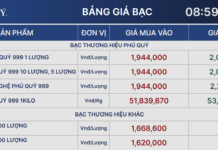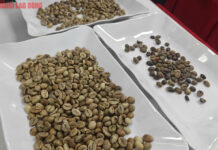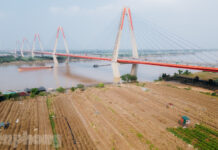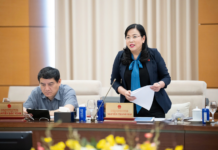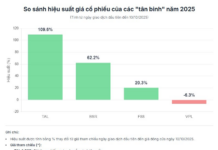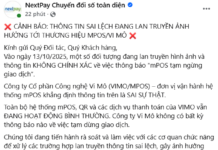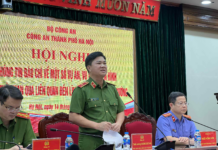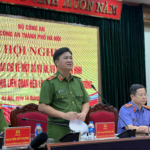Material shortage, construction site
The projects of the Belt Road 3 in Ho Chi Minh City and the Bien Hoa – Vung Tau expressway in Dong Nai province are being fast-tracked by the construction units. However, they are facing difficulties due to a lack of land for embankment.
According to calculations, over 6 million cubic meters of land are needed to serve the construction of the components of the Bien Hoa – Vung Tau expressway phase 1 and the Belt Road 3 in Ho Chi Minh City section in Dong Nai province.
Through surveys, currently in Dong Nai province, there are 2 commercial embankment sites being exploited with a remaining total reserve of about 1.7 million cubic meters. Therefore, the construction units are currently lacking over 4 million cubic meters of embankment land.
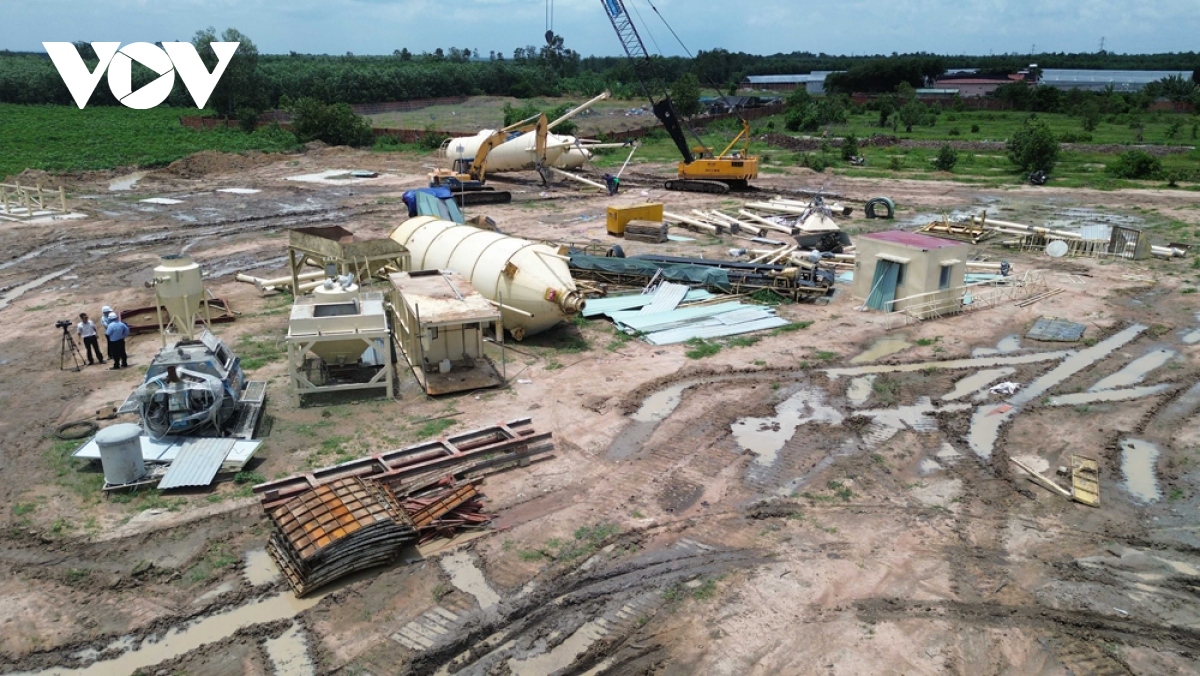
Construction of the Bien Hoa – Vung Tau expressway in Dong Nai province (Photo: Duy Phuong)
The Department of Natural Resources and Environment of Dong Nai province has coordinated with localities to survey, consolidate and include them in the provincial plan for the 2021-2030 period, in which it is expected to continue to plan about 89 mineral exploitation locations.
In addition to the shortage of materials, the deployment of the construction of the two key transportation routes through Dong Nai province is also facing difficulties in land clearance.
Specifically, the Belt Road 3 in Ho Chi Minh City section in Dong Nai province needs to recover 65 hectares of land, but so far, the province has only transferred over 4 hectares, reaching about 6.2% of the volume. As for the Bien Hoa – Vung Tau expressway, as of February 2024, Dong Nai province has only transferred 7% of new land for component project 1 and nearly 20% of the land area for component project 2.
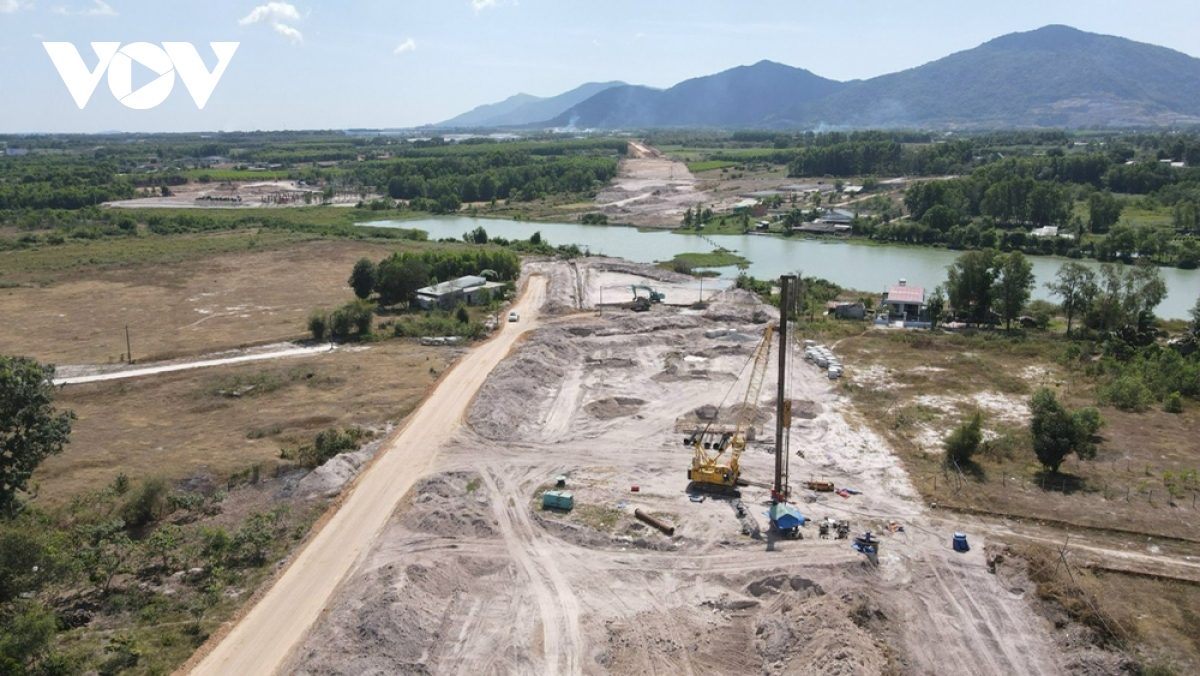
Construction units are currently constructing the Suoi Nhum Bridge in component project 3 of the Bien Hoa – Vung Tau expressway in Ba Ria – Vung Tau province (Photo: Luu Son)
Mr. Dinh Le Thong, representative of Project Management Board 85 (Ministry of Transport) suggested that the local authorities strengthen their forces to speed up the process of land surveys, construction of resettlement areas and handling other issues.
According to Mr. Thong: “On the route, there are technical infrastructure parts that have a lot of impact, such as 500 kV power lines, 220 kV power lines and some low-voltage lines. There are also some water pipes, so it is recommended to deploy them early to have a clean land, handed over to the construction units”.
Proactively source materials to ensure construction progress
As for the Belt Road 3 in Ho Chi Minh City section through Binh Duong province, it is about 26.6 km long, with the starting point being Tan Van intersection and the end point being Binh Goi Bridge. Among them, 15.3 km overlaps with My Phuoc – Tan Van, which Binh Duong province has invested and put into use, and the remaining section of nearly 11 km has not been built.
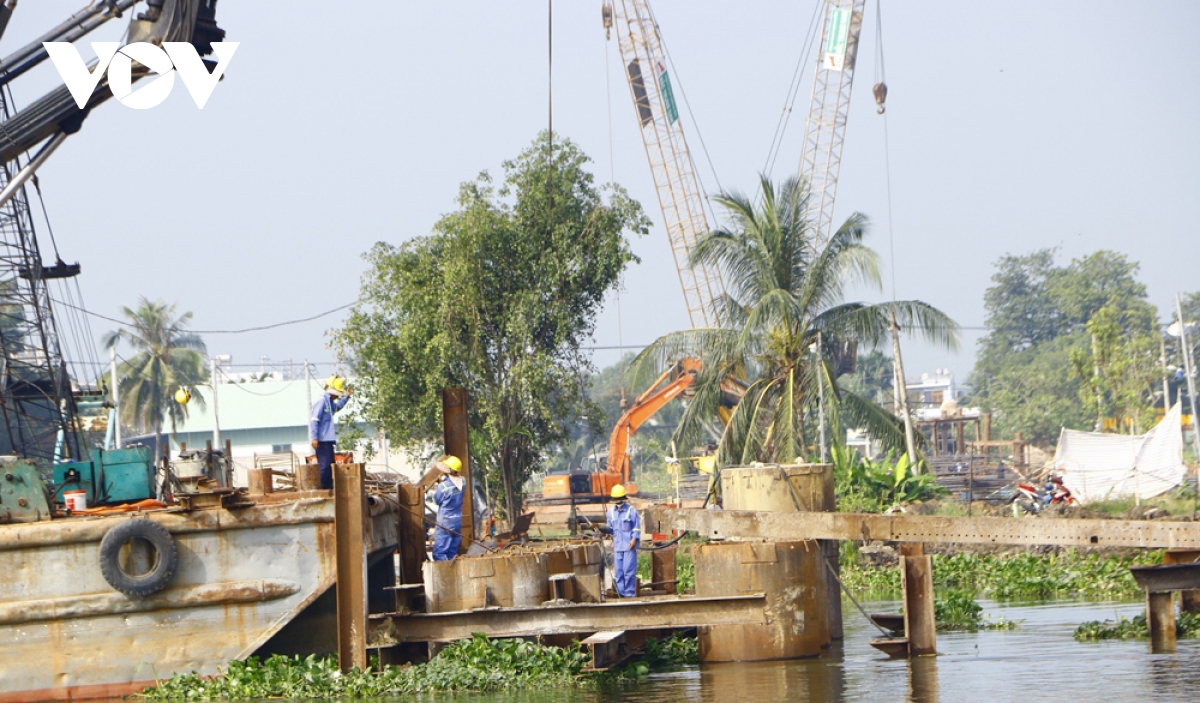
Construction of Binh Goi Bridge in package 4 of the Belt Road 3 project in Binh Duong (Photo: Thien Ly)
The unfinished section is divided into 2 components: component project 5 (construction) and component project 6 (land clearance). Among them, component project 5 is divided into 4 construction packages and is currently implementing 3 packages, the remaining package, Tan Van interchange, will commence in the second quarter of 2024.
To carry out the Belt Road 3 in Ho Chi Minh City section through Binh Duong province, about 492,000 cubic meters of landfill soil are needed, 700,212 cubic meters of sand for road foundation, and 777,619 cubic meters of construction stone. Currently, the construction contractors have actively surveyed material mines and basically ensured supply for the bidding packages.
Regarding land clearance work, Binh Duong has handed over 113 hectares out of 129 hectares of land to the construction units, reaching 87.5%. Currently, the investor is coordinating with localities to quickly clear the land and hand it over to the construction units.
Mr. Tran Hung Viet, Director of the Project Management Board for investment in construction of the provincial transportation works, said: “So far, the construction unit has been carrying out some tasks, together with localities to approach and take over the land. After obtaining the land, the units will concentrate human resources and materials, divide tasks to accelerate progress, synchronize with the overall progress of the project. The Project Management Board for investment in construction of the provincial transportation works and the contractors are also working on overtime schedule, increasing pace to overcome current difficulties in weather conditions, ensuring overall progress”.
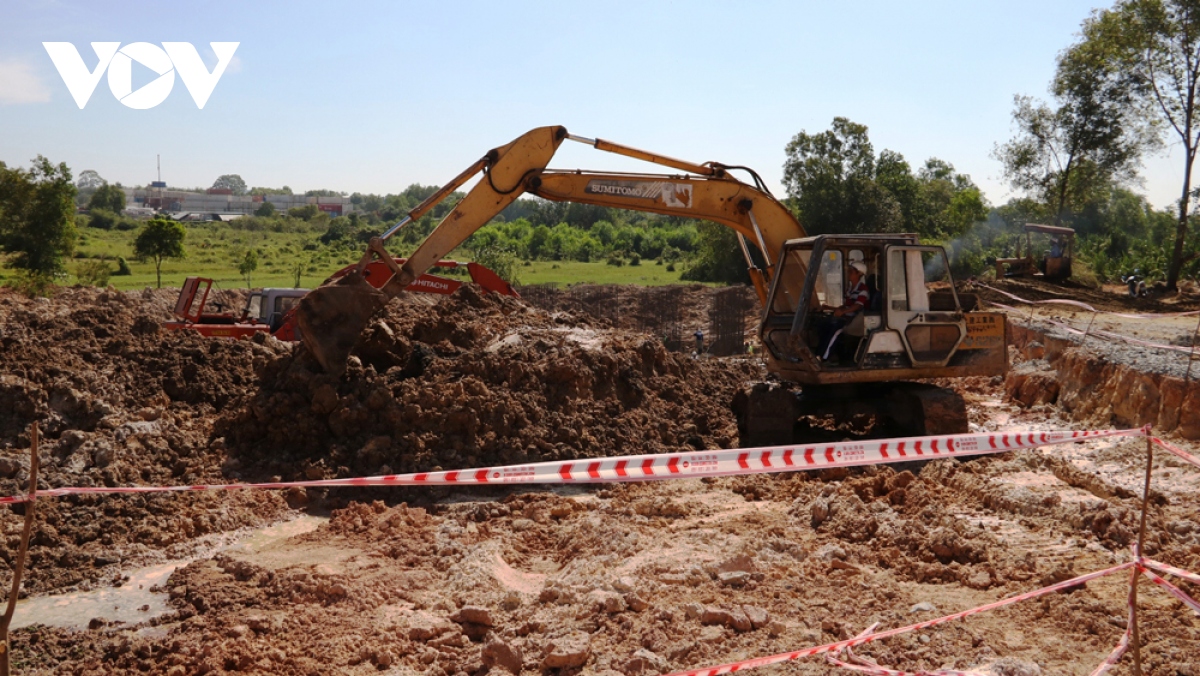
Binh Duong is excavating land to backfill the road surface in the Belt Road 3 project (Photo: Thien Ly)
For component project 3 of the Bien Hoa – Vung Tau expressway, the material sources are ensured to fully meet the needs of the project. The Binh Duong Provincial People’s Committee has approved the joint venture contractor to exploit filling material in the area of Xuan Son commune, Chau Duc district and rock at Lot IIB, Chau Pha commune, Phu My town, and has granted permission to exploit over 27 out of 47 hectares. From the end of 2023 to now, the contractor has carried out excavation and transportation of soil to the construction site for over 400,000 cubic meters.
By the end of February 2024, component project 3 of the Bien Hoa – Vung Tau expressway in Ba Ria – Vung Tau province has reached 15% progress. Currently, on the entire route, the contractors are simultaneously implementing construction with 51 headings.
Mr. Nguyen Van Dung (from Quang Binh province), a worker in the digging machine team in the construction area of Suoi Nhum Bridge, Phu My town, said that the workers here work in 3 shifts – 4 teams.
“I work from 6 am to 12 pm noon, then others work from 12 pm to 6 pm, all the workers here work like this to accelerate the progress. And all machinery and equipment are modern, with 24/7 air conditioning, so the workers are less tired,” Mr. Dung said.
The Belt Road 3 in Ho Chi Minh City and the Bien Hoa – Vung Tau expressway are crucial in connecting the region and making a significant contribution to solving the problem of congestion and overloaded transportation in the Southeast region. When these roads are completed, they will greatly boost the overall development of the provinces and cities. Therefore, the leaders of the localities are directing the units to quickly implement the tasks to ensure timely construction progress.

